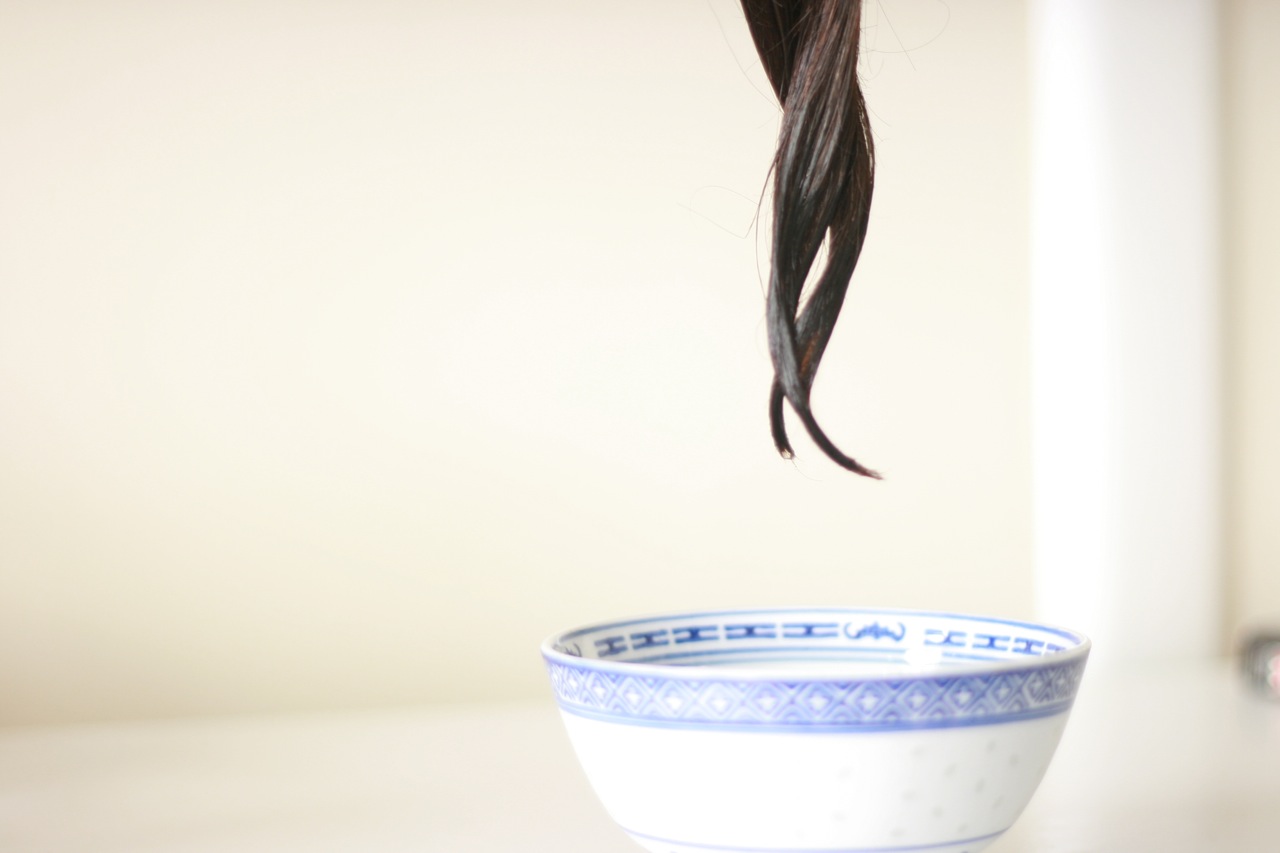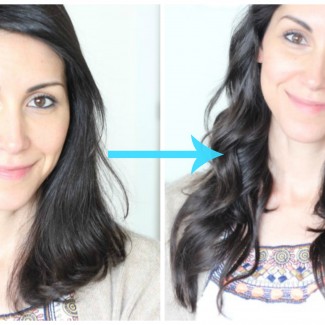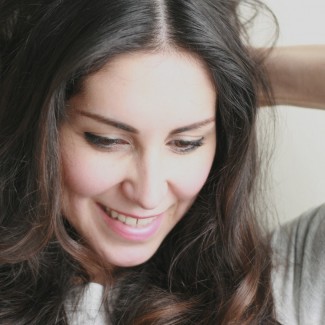Ever think about your hair’s porosity? Yeah, didn’t think so. Neither did I. What is it anyway?! How porous our hair is determines how easily it can absorb liquid, which is kind of important when you are thinking about which hair products to buy. There are certain products out there that will just not work on your hair, not matter what they’re advertised as. Like everything I’ve discussed so far, there are three different possibilities with hair porosity: low, medium (or normal-but what is “normal” anyway?) , and high.
Low Porosity Hair
Hair does not readily absorb moisture. You can test by placing a strand of hair (freshly washed) in a glass of water. If it stays floating on the top after a minute or two, then you have low porosity hair. Another way to test this is after washing your hair and gently blotting it until it’s not soaking, kind of squeeze the hair to see if it feels brittle or dry. Because this type of hair has a hard time absorbing anything, oils may not be the best thing to apply-contrary to what some may think. In order for an oil to really work it needs to be able to penetrate into the cuticle layer of the hair and the only oil I know that does that is coconut oil. You may try products containing coconut oil or even use a tiny bit of virgin coconut oil to the ends of your hair and see if you notice a difference in softness. Always make sure to apply your products to your hair while it is damp if you have low-porosity hair. This will help with absorption because the cuticle layers are already open.
Medium Porosity Hair
Your hair absorbs moisture pretty well and when you do the glass of water test, the hair will float for a couple of seconds and then sink. This type of hair can usually get away with using most products and see good results. Products containing keratin protein should be good for this hair type. Just be careful about chemical treatments, if you use them, because they can alter your desirable porosity-making your hair have low porosity over time.
High Porosity Hair
Hair that sinks almost immediately to the bottom of a glass in the glass of water test is probably highly porous. Also, when your hair is wet, it may feel a little sticky or gummy, kind of like you didn’t rinse enough even if you did. The cuticle layers of your hair are very open and let in moisture easily. This can be a good thing but watch out for signs that your hair may be taking in too much product. Your hair can begin to feel rough and not hold styles very well due to the excess build-up of product. You can do diluted apple cider vinegar rinses (occasionally) to wash away residue and leave hair shiny and soft. Basically, any product that has a high acidity will be good for your highly porous hair because it will ensure that your hair is absorbing and locking in that moisture. When using protein products, look for something that has vegetable proteins like wheat germ.
So hopefully this helps you figure out how porous your hair tends to be as well as where to get started when choosing hair products. Let me know what questions you may have! Until tomorrow…when we learn about the last important characteristic of our hair, elasticity.




